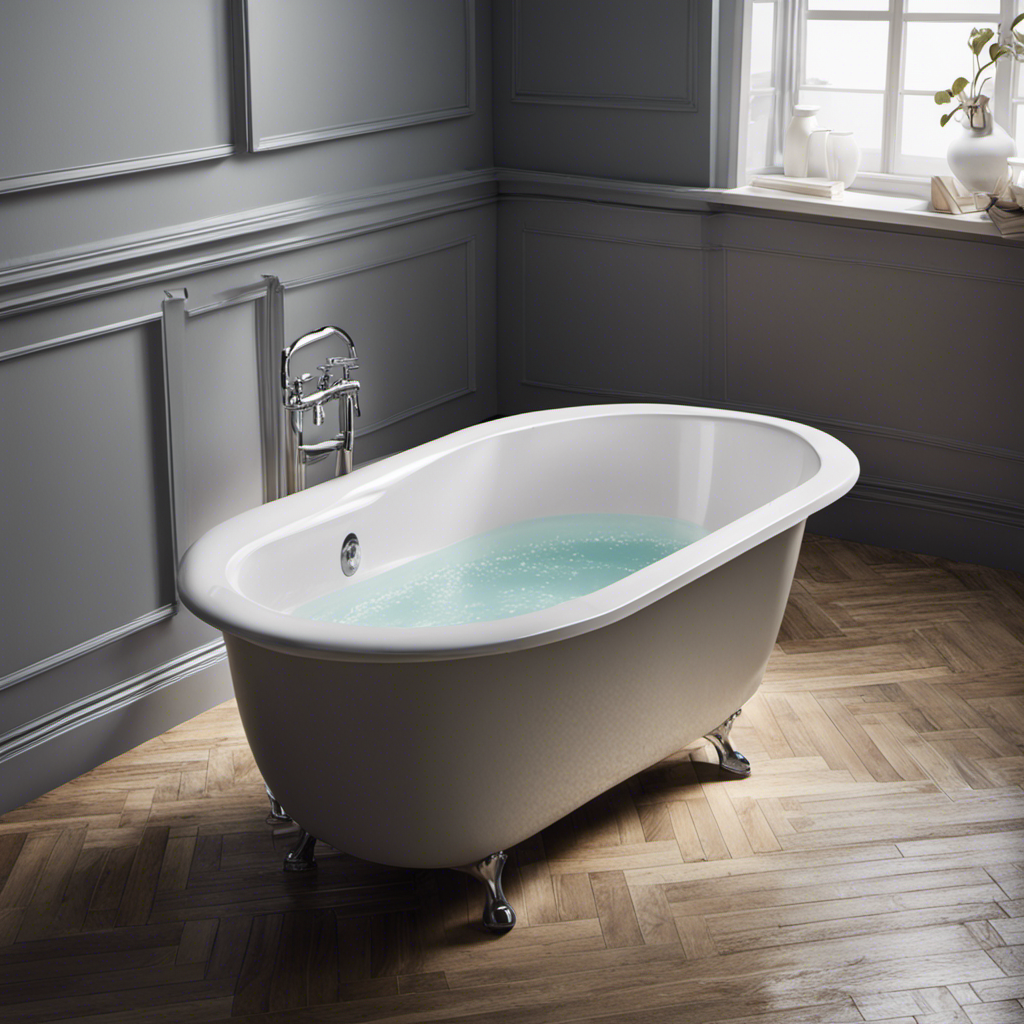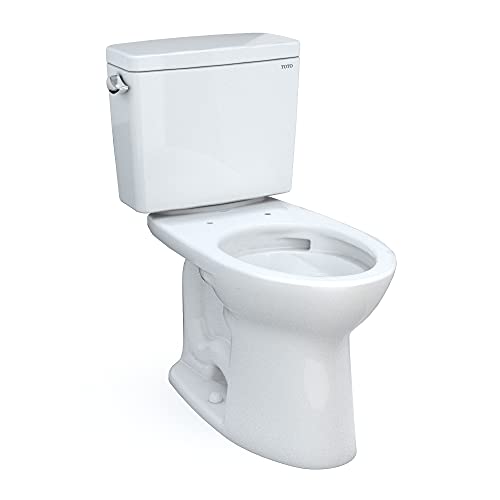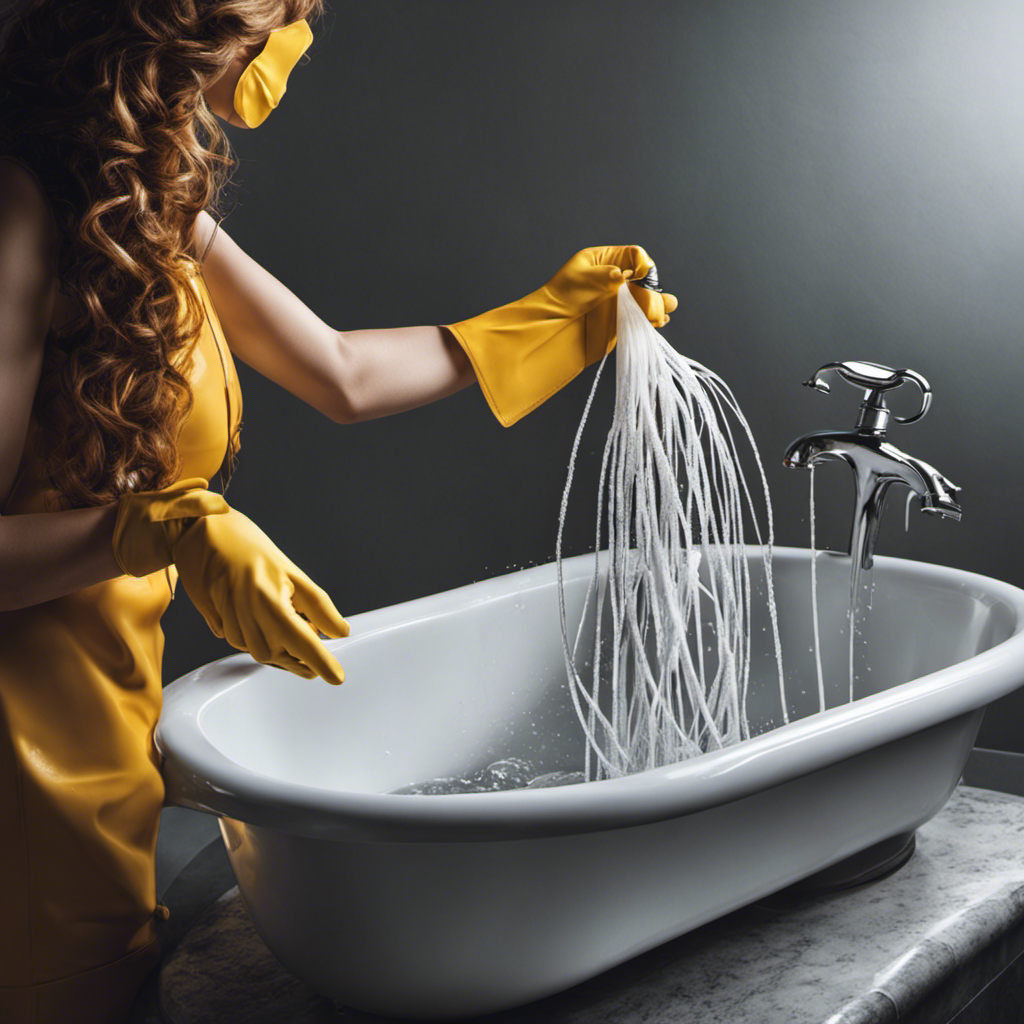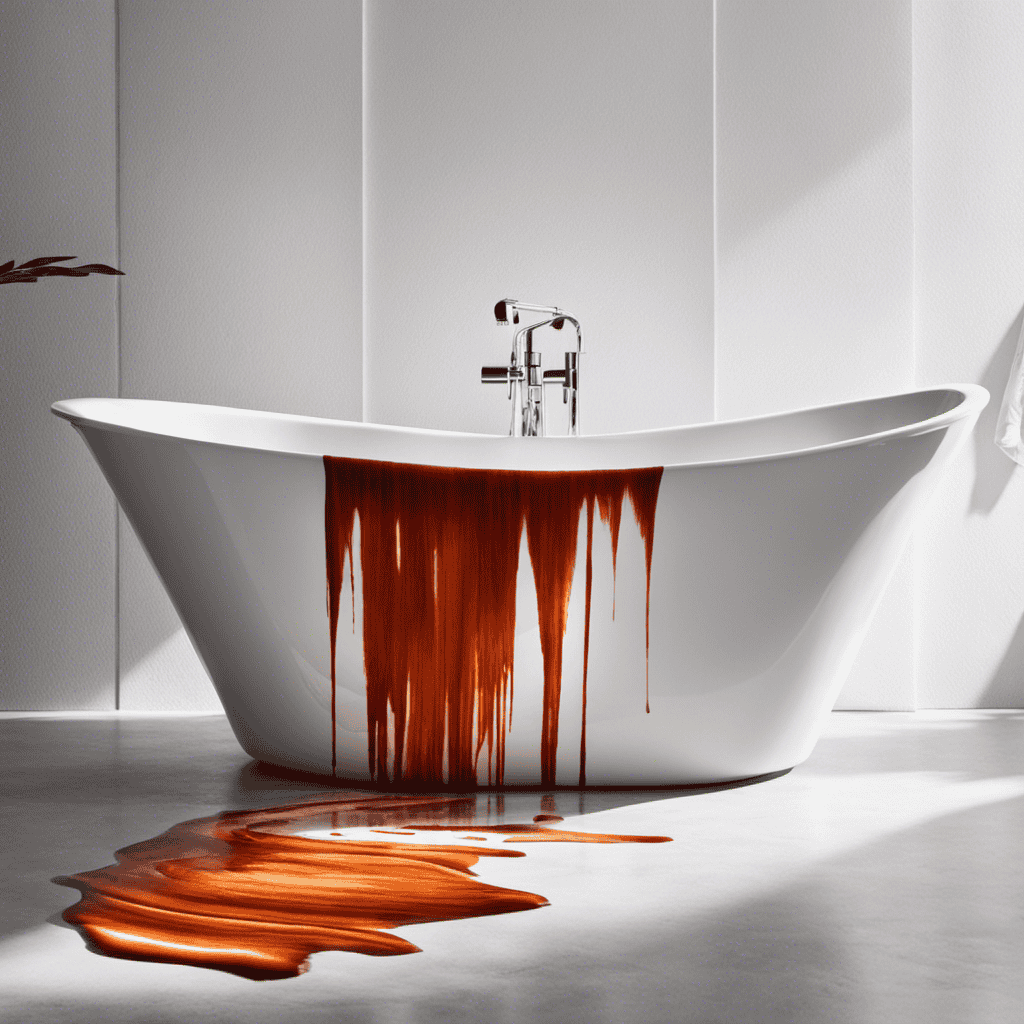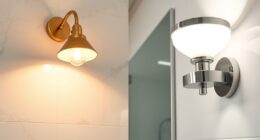I’ve been there before – standing in a flooded bathroom, wondering why my bathtub and toilet refuse to drain. It’s a frustrating situation that can disrupt our daily lives.
Did you know that clogged drains are one of the most common plumbing issues homeowners face? In this article, I’ll explain the common causes of drainage issues, help you understand plumbing blockages, and provide DIY solutions for when your drains are stubbornly clogged.
So, let’s dive into this informative guide and get those drains flowing smoothly again.
Key Takeaways
- Clogs in pipes and accumulation of household products are common causes of bathtub and toilet drainage issues.
- Prevention measures such as being mindful of what goes down the drain, using drain screens or hair catchers, and avoiding pouring grease or large amounts of food can help prevent drainage problems.
- Signs of a clogged drain include water pooling around the sink, foul smells, slow draining water, and gurgling noises.
- DIY solutions like using baking soda and vinegar or salt, baking soda, and boiling water can help unclog drains naturally, but if these methods fail or the issue persists, it is advisable to call a professional plumber.
Common Causes of Drainage Issues
One of the most common causes of drainage issues in a bathtub and toilet is a clog in the pipes. This can occur due to the accumulation of common household products that can cause drain blockages.
Items such as hair, soap scum, and food particles are the usual culprits. Hair tends to get tangled and create a barrier, while soap scum and food particles can build up over time, narrowing the pipe’s diameter.
To prevent future drainage issues in your bathroom, it is important to be mindful of what goes down the drain. Using a drain screen or hair catcher can help trap hair and prevent it from entering the pipes. Additionally, avoiding pouring grease, oils, or large amounts of food down the drain can minimize the risk of blockages.
Understanding these common causes of clogs is crucial in identifying and addressing plumbing blockages promptly.
Understanding Plumbing Blockages
To understand why your pipes are blocked, you should be aware that hair, soap scum, and other debris can accumulate over time. Regular plumbing maintenance is crucial in preventing these blockages and ensuring smooth drainage in your home. Gravity plays a vital role in drainage systems, as it allows wastewater to flow down through the pipes and out of your house. Neglecting regular maintenance can lead to clogged pipes, which can cause water backups, foul odors, and even damage to your plumbing system. By taking the time to properly maintain your plumbing, you can prevent blockages and ensure the efficient functioning of your drainage system. Here is a table that highlights the importance of regular plumbing maintenance and the role of gravity in drainage systems:
| Importance of Regular Plumbing Maintenance | The Role of Gravity in Drainage Systems |
|---|---|
| Prevents blockages and water backups | Allows wastewater to flow downhill |
| Avoids foul odors and plumbing damage | Ensures efficient functioning |
| Saves money on costly repairs | Facilitates the removal of wastewater |
| Extends the lifespan of your plumbing | Prevents stagnant water |
| Promotes a healthy and hygienic environment |
Signs of a Clogged Drain
If you notice water pooling around the sink or a foul smell coming from the drain, it could be a sign that your drain is clogged. Clogged drains are a common issue that can cause inconvenience and potential damage to your plumbing system.
Some common signs of a clogged drain include slow draining water, gurgling noises, and water backing up from one fixture to another.
To troubleshoot a clogged drain, you can start by using a plunger to try and clear the blockage. If that doesn’t work, you can try using a drain snake or an enzyme-based drain cleaner to dissolve the clog. It’s important to avoid using chemical drain cleaners as they can be harmful to your pipes and the environment.
If these troubleshooting tips don’t solve the issue, it’s best to call a professional plumber to assess and fix the clogged drain.
DIY Solutions for Drain Problems
You can easily solve common drain problems using household items like baking soda and vinegar. Natural drain cleaners are a safe and effective way to unclog your drains without resorting to harsh chemicals.
One popular homemade drain unclogging method involves pouring a mixture of baking soda and vinegar down the drain and allowing it to sit for about 30 minutes. The chemical reaction between the two ingredients helps break down the clog and clear the drain. Afterward, flush the drain with hot water to remove any remaining debris.
Another effective method is using a combination of salt, baking soda, and boiling water. This mixture can help dissolve grease and grime that may be causing the clog. Remember to always exercise caution when working with hot liquids and chemicals, and if the clog persists, it may be best to call a professional plumber.
When to Call a Professional Plumber
When experiencing persistent clogs, it’s important to consider calling a professional plumber for assistance. While some minor drain issues can be fixed with DIY plumbing techniques, there are certain signs that indicate a serious drainage problem that requires expert help.
One of the signs is if multiple drains in your home are clogged at the same time. This could indicate a main sewer line blockage, which can be difficult to diagnose and fix without professional equipment.
Another sign is if you notice strange gurgling sounds coming from your drains or toilets. This could indicate a problem with the venting system, which requires specialized knowledge to repair.
Additionally, if you have tried DIY methods without success and the clog keeps coming back, it’s time to call a professional plumber. Ignoring these signs can lead to further damage and costly repairs.
Conclusion
In conclusion, dealing with bathtub and toilet drainage issues can be a frustrating experience. By understanding the common causes of blockages and recognizing the signs of a clogged drain, you can take the necessary steps to address the problem.
DIY solutions may work for minor blockages, but if the issue persists or worsens, it’s important to call a professional plumber. Remember, taking prompt action and seeking expert help will ensure that your plumbing system functions efficiently, keeping your bathroom free from any drainage troubles.
